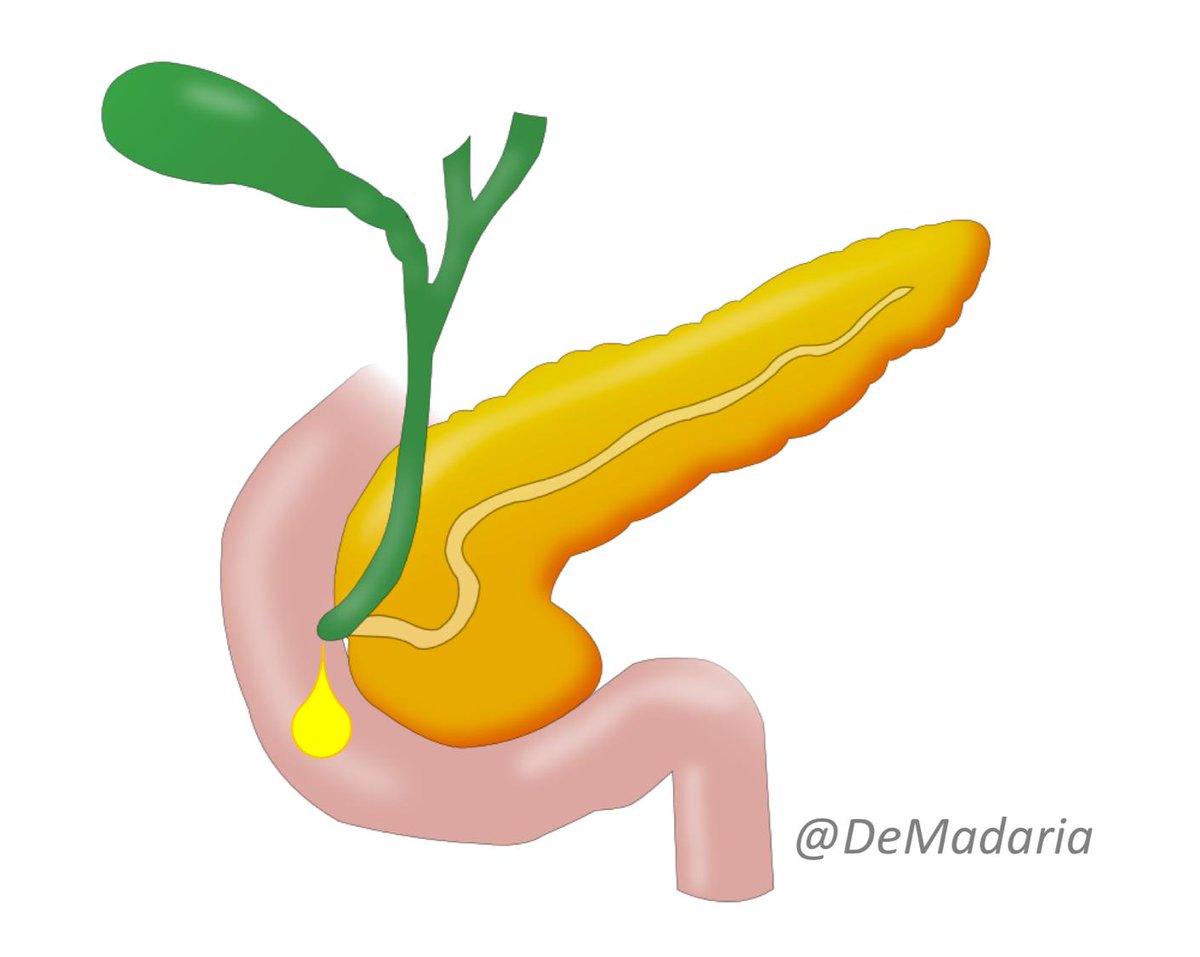
Quick introduction to autoimmune pancreatitis, based on my recent talk in the @EurPancClub meeting #EPCKyiv2022 #GItwitter #TheAmylaseSchool #PancreasTwitter #PancreasLovers #MedTwitter
👇👇👇
👇👇👇

@KM_Pawlak @drdalbir @BilalMohammadMD @drkeithsiau @DCharabaty @RashidLui @SunilAminMD @stevenbollipo @Samir_Grover @drmoutaz @KralJan @RodriguezParra_ @MZorniak @SanchezLunaMD
By the way, please join the @harvardmed MINIMALLY INVASIVE AND NOVEL THERAPEUTICS (MINT) 2022 course on foregut diseases, for GI, surgeons, nurses... interested in foregut diseases
Have a look and join now in advances.massgeneral.org/digestive-heal…
@krishnanendo @CharuParanjape @MGHSurgery
Have a look and join now in advances.massgeneral.org/digestive-heal…
@krishnanendo @CharuParanjape @MGHSurgery
• • •
Missing some Tweet in this thread? You can try to
force a refresh


















































